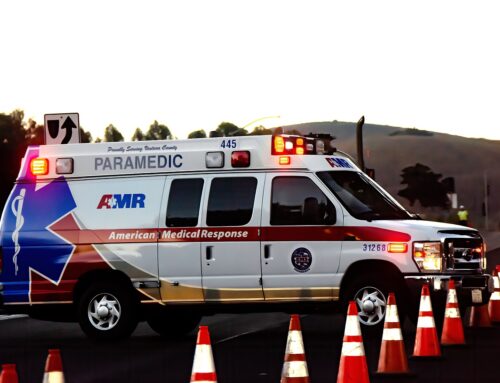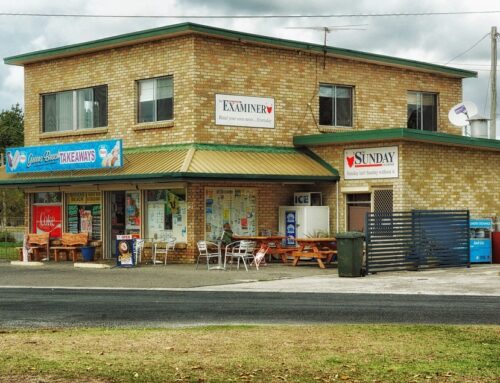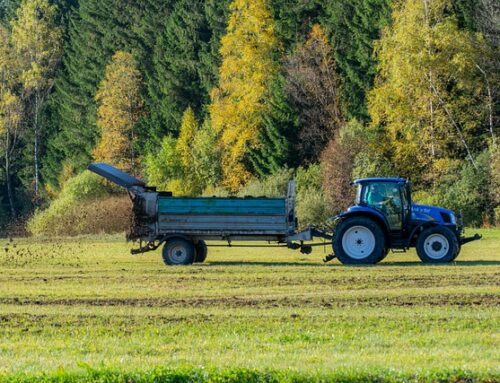Maton Guitars in Australia manufactures handcrafted high quality guitars. Learn how they use mass balance to lean their guitar-making processes.
In this video from Sustainability Victoria Government, Ian Young, Sustainability and Business Excellence Manager at Maton Guitars, discusses the use of mass balance to optimize the use of all the resources focusing on the materials to make the guitar, especially the timbers. And if the materials are not used to make the guitar, where do those materials go?
To answer those questions, they applied the principles of mass balance, measuring everything that came out of their processes and everything that went in.
As an example, for every cubic meter of timber that comes in, they look at what goes into the good backs and sides of the guitar and all forms of waste such as shavings, sawdust, solid offcuts, and rejected components. Everything must add up to the cubic meter of timber.
Based on a comprehensive materials assessment, they focused on improvement activities and visual systems.
At the end of the video, Ian recommends that other businesses use the mass balance approach to achieve resource efficiency.
You can watch the Sustainability Victoria video with Ian Young here.
Mass balance is used extensively in chemistry. Amy Proulx, Professor at Culinary Innovation and Food Technology explains its use in food systems using basic examples. You can view her video here.
As used in her examples, those of us in Six Sigma recognize that the mass balance approach is equivalent to Rolled Throughput Yield.
For a detailed look at the Maton Guitar case study that increased material yields up to 60%, reduced waste management costs by 50% and boosted productivity, please visit the link here.
Finally, if you would like to go on a virtual shop tour at Maton Guitars to see how they make them, view the video here.







Leave A Comment